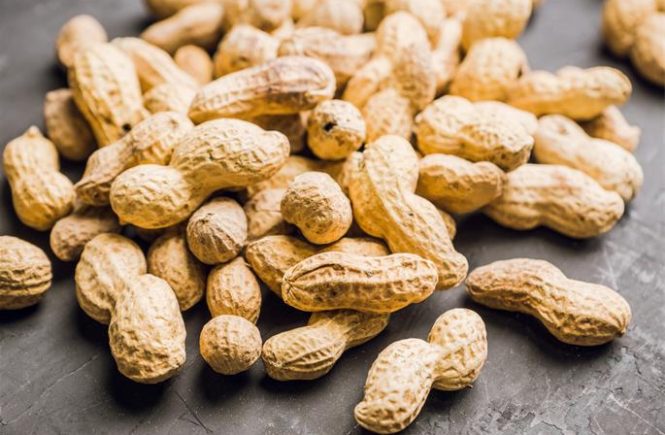On Passover, Jews of Ashkenazic descent (and some Sefardic communities as well) do not eat anything that is considered “kitniyot.” But before we get to peanuts, let’s give a bit of background.
What Are Kitniyot?
“Kitniyot” is generally translated as “beans” or “legumes.” However, in this context, it is not an exact translation. The Code of Jewish Law, for example, mentions “rice and other types of kitniyot”1—and rice is certainly not a bean or legume.
To better understand what kitniyot are, we need to look at the three main reasons for avoiding this category of foods on Passover:1
1) Cooked dishes and porridge made from chametz grains or kitniyot appear similar, and one may confuse the two.
2) Kitniyot are often grown in fields adjacent to those in which chametz grain is grown, and these grains tend to mix together. The kitniyot grains can also be confused with the five grains that can become chametz.
3) Kitniyot are often ground into a type of flour that can easily be confused with chametz.
Based on the above criteria, since (a) peanuts are actually a legume (not a nut), and (b) peanuts are sometimes made into flour and various dishes that resemble those made of chametz, and (c) are at times grown near (or right after) wheat, major kashrut organizations consider peanuts to be kitniyot.
A New World Food
In a famous responsum, Rabbi Moses Feinstein (1895–1986) writes that in his opinion, peanuts aren’t forbidden due to kitniyot. He explains that the custom to not eat kitniyot on Passover developed differently than some other customs, which were formally adopted at a specific point in time. With regard to kitniyot, different communities developed the custom of refraining from eating certain foods on Passover for the reasons outlined above. Eventually, the custom not to eat these foods became accepted throughout Ashkenazic Jewry. And once a custom has become accepted, it is binding and has the force of Jewish law.5
In the case of kitniyot, if the rabbis would have gathered together and issued a formal ban on any food that looks like chametz and/or is processed in close proximity to flour, then any foods falling under that rubric would have been prohibited as well, such as potatoes.
However, there never was a formal ban issued. Instead, over time, the custom developed that certain foods were not eaten on Passover. As such, the prohibition only applies to those specific foods that were known about and accepted as being kitniyot when the custom began. Since peanuts were not introduced to Europe until the 16th century, they are not considered kitniyot.2
The Chabad Approach
In the Shulchan Aruch HaRav, Rabbi Schneur Zalman of Liadi (1745–1812) gives a slightly different explanation about what is included in the custom of not eating kitniyot, which precludes the question about New World crops and plants such as potatoes, corn and peanuts.
He explains that the prohibition of kitniyot applies to any legume-like foods which, when cooked, appear similar to those dishes made out of grain. Additionally, certain foods are prohibited, such as mustard seeds, since they grow in pods similar to other kitniyot, and cumin, since its seeds are similar to grain. Thus peanuts would be considered kitniyot. However, any other type of garden seeds or vegetables are not included in the prohibition of kitniyot.3
Since peanuts fall under the above criteria, they would be included in the kitniyot ban.



